Bank of America 2011 Annual Report Download - page 111
Download and view the complete annual report
Please find page 111 of the 2011 Bank of America annual report below. You can navigate through the pages in the report by either clicking on the pages listed below, or by using the keyword search tool below to find specific information within the annual report.-
 1
1 -
 2
2 -
 3
3 -
 4
4 -
 5
5 -
 6
6 -
 7
7 -
 8
8 -
 9
9 -
 10
10 -
 11
11 -
 12
12 -
 13
13 -
 14
14 -
 15
15 -
 16
16 -
 17
17 -
 18
18 -
 19
19 -
 20
20 -
 21
21 -
 22
22 -
 23
23 -
 24
24 -
 25
25 -
 26
26 -
 27
27 -
 28
28 -
 29
29 -
 30
30 -
 31
31 -
 32
32 -
 33
33 -
 34
34 -
 35
35 -
 36
36 -
 37
37 -
 38
38 -
 39
39 -
 40
40 -
 41
41 -
 42
42 -
 43
43 -
 44
44 -
 45
45 -
 46
46 -
 47
47 -
 48
48 -
 49
49 -
 50
50 -
 51
51 -
 52
52 -
 53
53 -
 54
54 -
 55
55 -
 56
56 -
 57
57 -
 58
58 -
 59
59 -
 60
60 -
 61
61 -
 62
62 -
 63
63 -
 64
64 -
 65
65 -
 66
66 -
 67
67 -
 68
68 -
 69
69 -
 70
70 -
 71
71 -
 72
72 -
 73
73 -
 74
74 -
 75
75 -
 76
76 -
 77
77 -
 78
78 -
 79
79 -
 80
80 -
 81
81 -
 82
82 -
 83
83 -
 84
84 -
 85
85 -
 86
86 -
 87
87 -
 88
88 -
 89
89 -
 90
90 -
 91
91 -
 92
92 -
 93
93 -
 94
94 -
 95
95 -
 96
96 -
 97
97 -
 98
98 -
 99
99 -
 100
100 -
 101
101 -
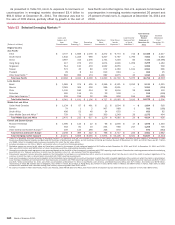 102
102 -
 103
103 -
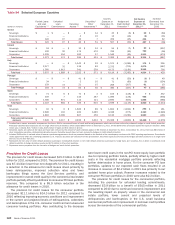 104
104 -
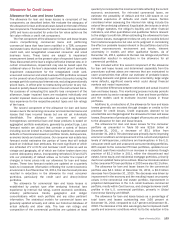 105
105 -
 106
106 -
 107
107 -
 108
108 -
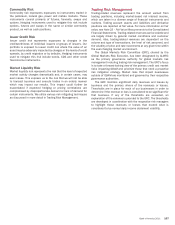 109
109 -
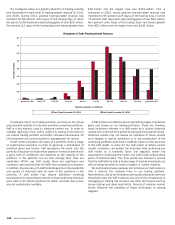 110
110 -
 111
111 -
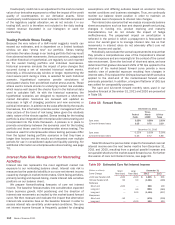 112
112 -
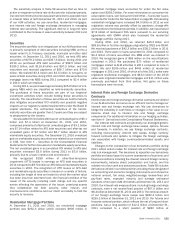 113
113 -
 114
114 -
 115
115 -
 116
116 -
 117
117 -
 118
118 -
 119
119 -
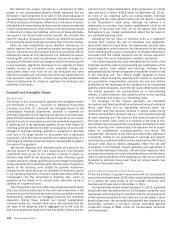 120
120 -
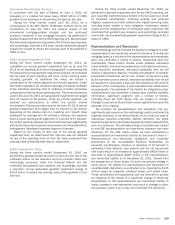 121
121 -
 122
122 -
 123
123 -
 124
124 -
 125
125 -
 126
126 -
 127
127 -
 128
128 -
 129
129 -
 130
130 -
 131
131 -
 132
132 -
 133
133 -
 134
134 -
 135
135 -
 136
136 -
 137
137 -
 138
138 -
 139
139 -
 140
140 -
 141
141 -
 142
142 -
 143
143 -
 144
144 -
 145
145 -
 146
146 -
 147
147 -
 148
148 -
 149
149 -
 150
150 -
 151
151 -
 152
152 -
 153
153 -
 154
154 -
 155
155 -
 156
156 -
 157
157 -
 158
158 -
 159
159 -
 160
160 -
 161
161 -
 162
162 -
 163
163 -
 164
164 -
 165
165 -
 166
166 -
 167
167 -
 168
168 -
 169
169 -
 170
170 -
 171
171 -
 172
172 -
 173
173 -
 174
174 -
 175
175 -
 176
176 -
 177
177 -
 178
178 -
 179
179 -
 180
180 -
 181
181 -
 182
182 -
 183
183 -
 184
184 -
 185
185 -
 186
186 -
 187
187 -
 188
188 -
 189
189 -
 190
190 -
 191
191 -
 192
192 -
 193
193 -
 194
194 -
 195
195 -
 196
196 -
 197
197 -
 198
198 -
 199
199 -
 200
200 -
 201
201 -
 202
202 -
 203
203 -
 204
204 -
 205
205 -
 206
206 -
 207
207 -
 208
208 -
 209
209 -
 210
210 -
 211
211 -
 212
212 -
 213
213 -
 214
214 -
 215
215 -
 216
216 -
 217
217 -
 218
218 -
 219
219 -
 220
220 -
 221
221 -
 222
222 -
 223
223 -
 224
224 -
 225
225 -
 226
226 -
 227
227 -
 228
228 -
 229
229 -
 230
230 -
 231
231 -
 232
232 -
 233
233 -
 234
234 -
 235
235 -
 236
236 -
 237
237 -
 238
238 -
 239
239 -
 240
240 -
 241
241 -
 242
242 -
 243
243 -
 244
244 -
 245
245 -
 246
246 -
 247
247 -
 248
248 -
 249
249 -
 250
250 -
 251
251 -
 252
252 -
 253
253 -
 254
254 -
 255
255 -
 256
256 -
 257
257 -
 258
258 -
 259
259 -
 260
260 -
 261
261 -
 262
262 -
 263
263 -
 264
264 -
 265
265 -
 266
266 -
 267
267 -
 268
268 -
 269
269 -
 270
270 -
 271
271 -
 272
272 -
 273
273 -
 274
274 -
 275
275 -
 276
276
 |
 |
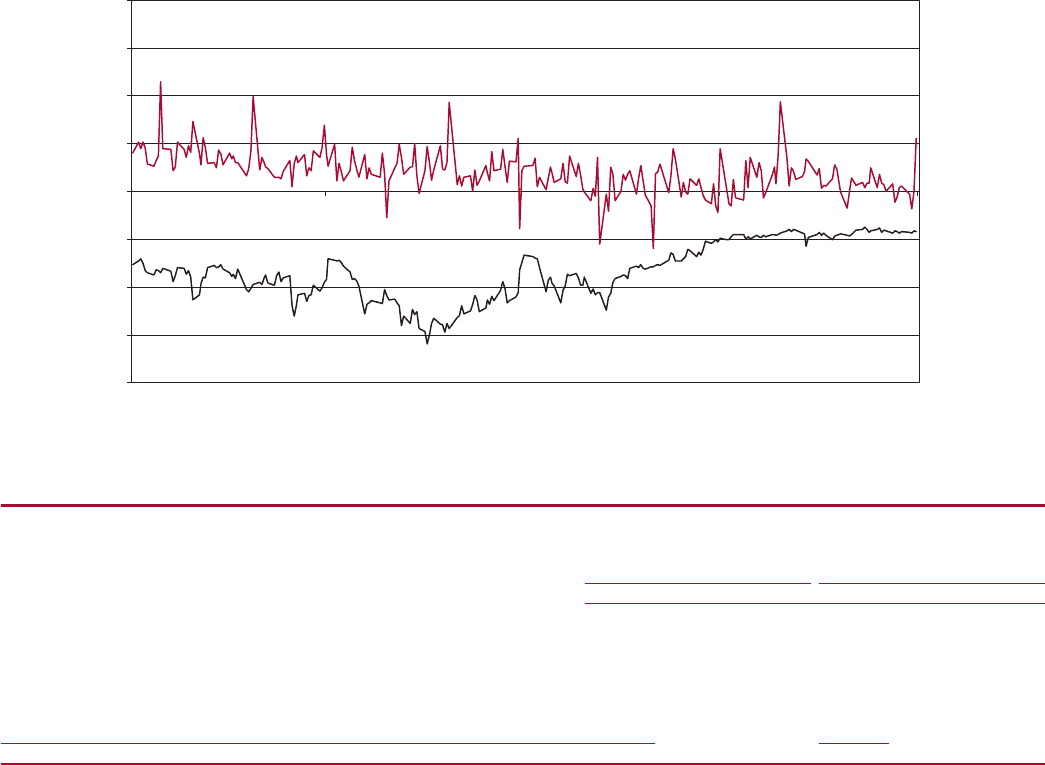
Bank of America 2011 109
The accuracy of the VaR methodology is reviewed by
backtesting, which involves comparing actual results against
expectations derived from historical data, the VaR results against
the daily profit and loss. Graphic representation of the backtesting
results with additional explanation of backtesting excesses are
reported to the GRC. Backtesting excesses occur when trading
losses exceed VaR. Senior management reviews and evaluates
the results of these tests. In periods of market stress, the GRC
members communicate daily to discuss losses and VaR limit
excesses. As a result of this process, the businesses may
selectively reduce risk. Where economically feasible, positions are
sold or macroeconomic hedges are executed to reduce the
exposure.
Our VaR model uses a historical simulation approach based on
three years of historical data and an expected shortfall
methodology equivalent to a 99 percent confidence level.
Statistically, this means that losses will exceed VaR, on average,
one out of 100 trading days, or two to three times each year. The
number of actual backtesting excesses observed is dependent on
current market performance relative to historic market volatility.
For most of 2011, the three years of historical market data utilized
for VaR included the volatile fourth quarter of 2008. Subsequent
market volatility has generally been lower, and as a result, the size
of the largest trading losses experienced since then has been
lower than would be expected based on the VaR measure. Actual
losses did not exceed daily trading VaR in 2011 or 2010. The
graph below shows daily trading-related revenue and VaR for 2011.
Table 57 presents average, high and low daily trading VaR for 2011 and 2010.
Table 57
(Dollars in millions)
Foreign exchange
Interest rate
Credit
Real estate/mortgage
Equities
Commodities
Portfolio diversification
Total market-based trading portfolio
Market Risk VaR for Trading Activities
2011
Average
$20.0
50.6
109.9
80.0
50.5
18.9
(163.1)
$ 166.8
High (1)
$48.6
82.7
155.3
139.5
88.9
33.8
—
$ 318.6
Low (1)
$ 5.6
29.2
54.8
31.5
25.1
8.4
—
$75.0
2010
Average
$ 23.8
64.1
171.5
83.1
39.4
19.9
(200.5)
$ 201.3
High (1)
$ 73.1
128.3
287.2
138.5
90.9
31.7
—
$ 375.2
Low (1)
$ 4.9
33.2
122.9
42.9
20.8
12.8
—
$ 123.0
(1) The high and low for the total portfolio may not equal the sum of the individual components as the highs or lows of the individual portfolios may have occurred on different trading days.
The $35 million decrease in average VaR during 2011 was
primarily due to a reduction in risk during the year. This was driven
primarily by a decrease in credit exposures where average VaR
decreased $62 million compared to 2010. In addition, for 2010
and 2011, data from the more volatile periods of 2007 and 2008
were no longer included in our three-year historical dataset. These
impacts were partially offset by a reduction in portfolio
diversification VaR of $37 million.
-400
-300
-200
-100
0
100
200
300
400
12/31/2010 3/31/2011 6/30/2011 9/30/2011 12/31/2011
(Dollars in millions)
Trading Risk and Return
Daily Trading-related Revenue and VaR
Daily
Trading-
related
Revenue
VaR
